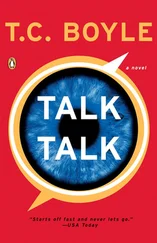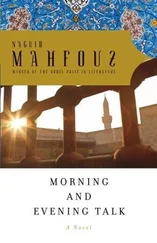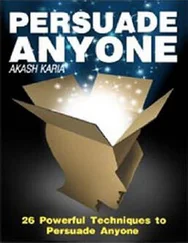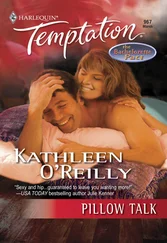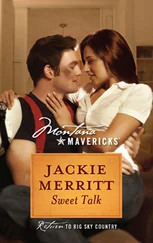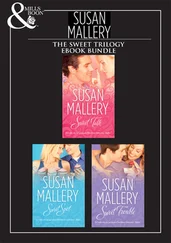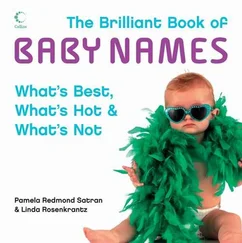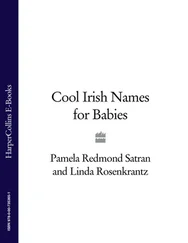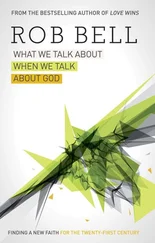LINDA ROSENKRANTZ is the author of several books of fiction and nonfiction — including Telegram , a history of telegraphic communication and My Life as a List: 207 Things About My (Bronx) Childhood , a memoir — and is the co-author of Gone Hollywood: The Movie Colony in the Golden Age . A longtime syndicated columnist, she was the founding editor of Auction magazine, as well as a founder of the popular baby-naming site Nameberry.com. Rosenkrantz was born and raised in New York City and currently lives in Los Angeles.
STEPHEN KOCH is the author of two novels, Night Watch and The Bachelor’s Bride , and of several nonfiction works: Stargazer: Andy Warhol’s World; Double Lives: Stalin, Willi Münzenberg and the Seduction of the Intellectuals; The Breaking Point: Hemingway, Dos Passos, and the Murder of José Robles ; and The Modern Library Writer’s Workshop . He lives in New York City, where he is the director of the Peter Hujar Archive.
YOU HOLD in your hands a thick, juicy, and above all authentic slice of the fabled 1960s, an early example of a literary experiment that worked and is working for us still. The twenty-first century has seen the rise of reality TV; published in 1968, Talk is a “reality” novel. None of the dialogue in this book is invented, or vaguely remembered, or a figment of some writer’s fantasy. Shortly before the summer of 1965, the author Linda Rosenkrantz had a genuinely original idea: Why not see if life really imitates art? Three friends — not fictitious characters but three real people — are spending their summer vacation in East Hampton. How to capture their story?
Tape-record them. Make it real.
“I had the tape recorder running all summer,” Rosenkrantz recalls, “even dragging the bulky monster to the beach. At first there were about twenty-five different characters and fifteen hundred pages of single-spaced transcript, which I took close to two years honing down to the three characters and two hundred fifty pages.”
What Rosenkrantz fished out of the shoreless sea of sex chatter and beach gossip and summery seafood dinners is a real novel composed entirely of dialogue. The result is a unique document in the annals of friendship and dysfunctional love, filled with irresistible repartee — literary popcorn — that sways between powerful insight and hilarity. This talk is sometimes impressive, sometimes funny. It is never inane. It is always a lot of fun.
Though we hear much more about sex than we hear about art, the setting is the New York art world and its sixties “scene.” As the editor of Sotheby’s Auction magazine, Rosenkrantz was very much part of that scene. The dramatis personae consists of Marsha and her confidante, the hard-drinking Emily. Vincent, a gay male painter, completes the triangle. Marsha has a serious job in New York; Emily is an actress and a brash, brilliant party girl; and Vincent (aka Vinnie) is the gifted, analytical member of the male sex who fills Marsha’s mind and usurps her life, displacing every straight contender.
This “reality” novel is a small founding classic which provides a model for television series like Girls and Broad City and all the many novels and series like them that focus on the primacy of non-romantic peer relationships. It is filled with the same raw talk between independent women friends that gives those series their crackle of excitement. Its picture of intimacy also suggests the earlier series Friends . The inimitable banter of two beautiful, much desired, but bewildered women who are each other’s alter egos, is capped by a triste but classic misalliance — the unrealized, unworkable, but genuine love between Marsha and the homosexual Vincent: a love that despite a lot of outside sex on the part of everyone is — well — all talk.
It’s a tight triangle. “You know,” Marsha says, “I get a very scary feeling sometimes that I’m pushing myself into a corner — all of a sudden I’m beginning to find everyone except you and Vinnie very dull. We’ve set up such a stimulating, total, free, hysterical, intimate, intense relationship that I find it impossible to relate to other people, they leave me completely cold.”
All three of these “stimulating, total, free, hysterical, intimate, intense” friends find themselves teetering on the cusp of thirty: the dread moment when first youth is at last finito and maturity settles in to stay. In fact, the long shadow of maturity hovers over all the talk. How dark is that shadow? What does it portend? Love? Committed relationships? Marriage? Children? Just more talk?
Emily: I’ve said a lot of very twenty-nine-year-old drunken things this summer. But I can say right now that I don’t want any more married men and I don’t want any weak men and I don’t want any men that I’ve ever known before. I think I’m just about ready to find someone who is healthy enough to take the chance of getting married to me.
Marsha: Amen.
Yet Vincent knows his secure place in Marsha’s emotions. “You’re getting anxious,” he confidently tells her on the beach, “because Tim’s coming out this weekend. You have to sleep with him and you don’t want to…”
Marsha: I do want to sleep with him.
Vincent: No you don’t.
Like the hapless Tim, the straight men in Marsha’s life will never get beyond the sexual bed to reach the intimacy that Marsha shares with Vincent. And the sexual bed is the one place in Marsha’s life that Vincent will never go. That conundrum may be the cause of their misalliance. Can it also be the basis of their intimacy?
Despite its crisp freshness, Talk is a novel of the sixties — a decade self-consciously immersed in youth. The book was recorded in a climate of change — the epochal summer of 1965—and the decade is woven through the whole text. The world is changing, and our three friends know it. “We’re all pioneers,” Vincent says to Emily and Marsha, “going through new frontiers, new jungles, we’re breaking psychic, social land so that people following us will be able to lead better lives.”
Here are some of the new frontiers and new jungles Vincent has in mind.
THE SEXUAL REVOLUTION. Marsha and Emily — not to mention Vincent — either are or recently were busy in bed, and their gossip is all about it. Post-pill, male — female relationships have done a somersault. We are now in what has become a life in which sex is the ubiquitous first step toward what may or may not become a relationship. This is in contrast to pre-pill days, when the sequence was reversed; a relationship might or might not lead to that rarer consummation called sex.
Emily says: “I slept with a lot of men then, Marsha, and they’re all like meaningless empty faces now, I don’t remember them. I know their names, but they don’t mean anything. That was very hard for me, you know,” she adds wistfully, “because I’m not promiscuous by nature.” There is lots of talk about (female) masturbation; S and M, perversity, penis size; orgies (is anonymous sex tolerable? or does one prefer a comfy ménage à trois among friends?); and at last the basic perplexity of a heterosexual woman bound to a homosexual man.
Speaking of which, THE GAY — STRAIGHT RELATIONSHIP. During the sixties, the integration of gay with straight life had a long distance to go. There was still plenty of shame, suspicion, and secrecy, but the art world was a decade or two ahead of its time. There, gay and straight mingled quite openly and relatively easily.
Читать дальше

